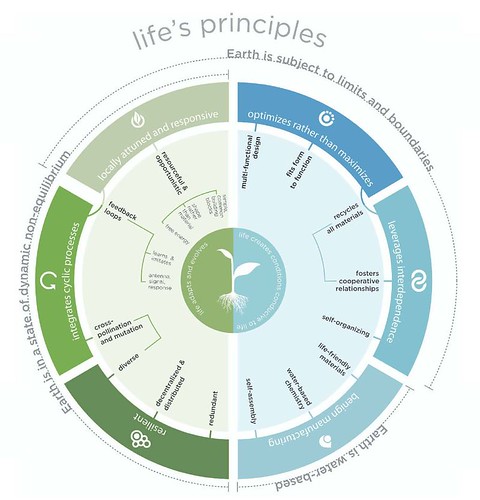I wrote before about this part of 3 days conference sponsored by the U of Maryland and Montgomery County's planning department. It's called
Makeover Montgomery: Innovative Strategies for Rethinking America's Suburbs.
Eventually, the presentations are going to be put up on the website.
1. I missed the opening plenary last night on demographic issues affecting suburbs, by Dowell Myers of USC. But when the session was recounted to me, it struck me as the issues (aging populations, increased diversity, reduced markets for big houses as people age, etc.) are covered in the various presentations about Montgomery County's Growth Policy.
2. The first session today was about so called "sprawl repair." That hasn't seemed that interesting to me because the process has been going on in the DC region for some time.
But still, the presentations were good and the fact is that sprawl repair is new to other regions, and other regions especially, given the crash of the real estate market, don't have the same options as does the DC region, because our real estate values are still relatively high.
--
URBAN SPRAWL REPAIR KIT: REPAIRING THE URBAN FABRIC blog entry illustrating some of the ideas
They did discuss some options of taking out houses in certain places for redevelopment-revitalization opportunities, in order to strengthen the experiential qualities of neighborhoods. That I thought was interesting.
But it's all about focusing on centers.
It made me think, even though the conference is about suburbs, that someone like Steve Belmont, author of Cities in Full, should have been a keynote speaker, given his focus on recentralization.
One of the presentations was about the White Flint process of planning for intensification. It was a good presentation also, and worries me sick because why is it that suburban developers understand the necessity of surgical intensification but similar intensification is opposed vociferously in DC in most neighborhoods?
The future of White Flint is nothing like it is now, an auto-sewer.
3. I attended a couple of excellent sessions that were about corridor redevelopment. Neal Payton of Torti Gallas gave in my opinion the best presentation of the conference. (It's been 6 or 7 years since I've last heard him present. Maybe 5 years ago or more he relocated to California.)
4. Stu Sirota of TND Planning Group did a presentation on corridors too and a key point is that planners aren't doing enough civic education and engagement. His session also had Yolanda Takesian of Kittelson, and she was excellent as well.
4. In my opinion, thus far the most provocative presentation was by Chip Crawford of HOK. He runs the planning group there, which has practices in 16 cities around the world, doing major projects at a variety of scales, including in fast growing places like India and China and massive projects like the King Abdullah University in Saudi Arabia, which was planned and built in 3 years.
He said that he has been very much influenced by the concepts of biomimicry and the Biomimicry Guild, and that they are incorporating this work into HOK's planning practice and their approach to design, which they call
Fully Integrated Thinking.
Labels: suburban revitalization, urban design/placemaking, urban revitalization, urban vs. suburban





0 Comments:
Post a Comment
<< Home